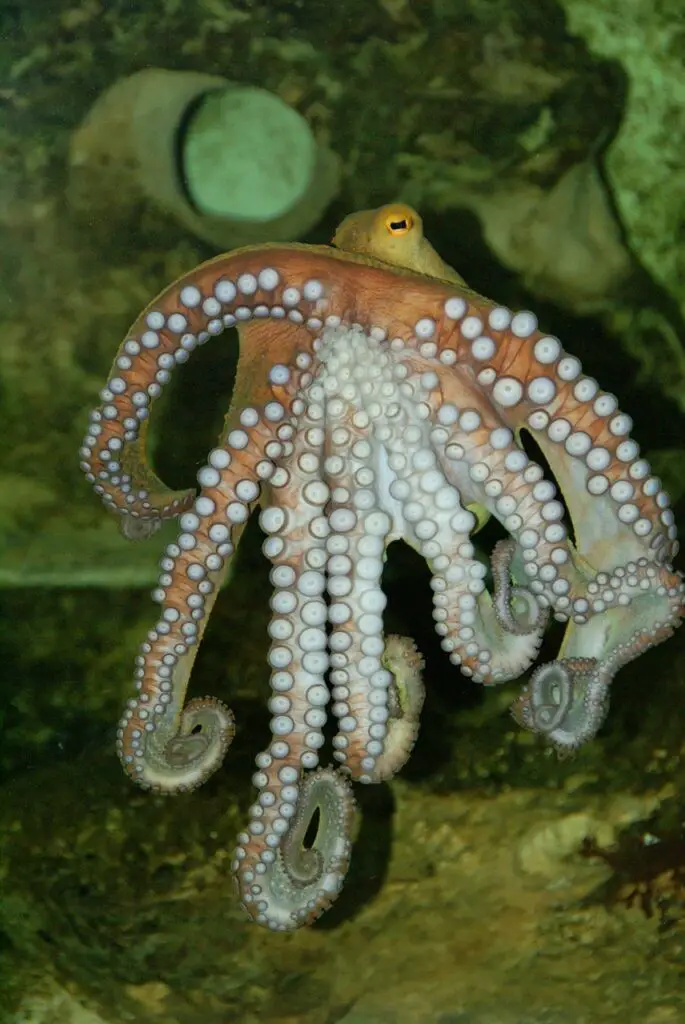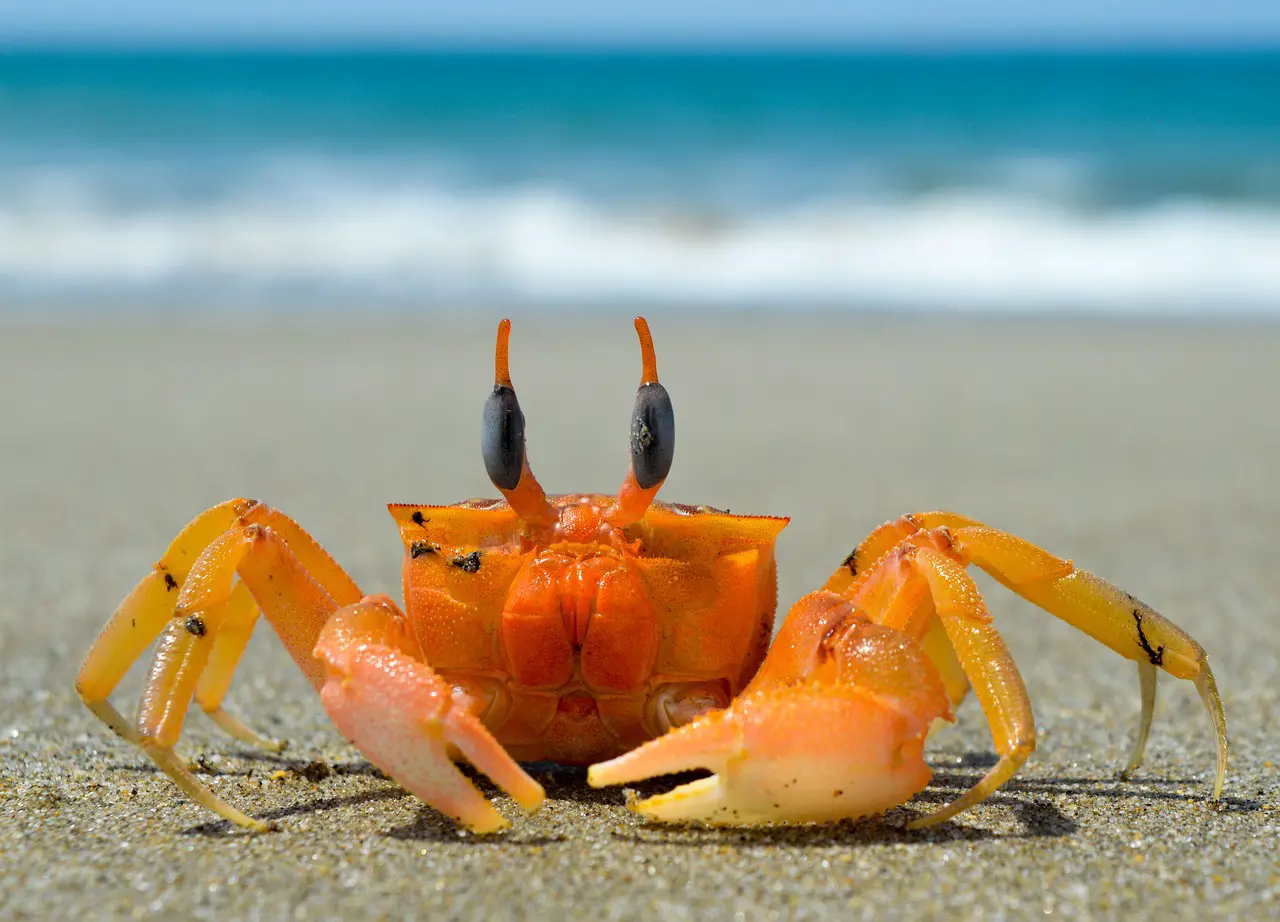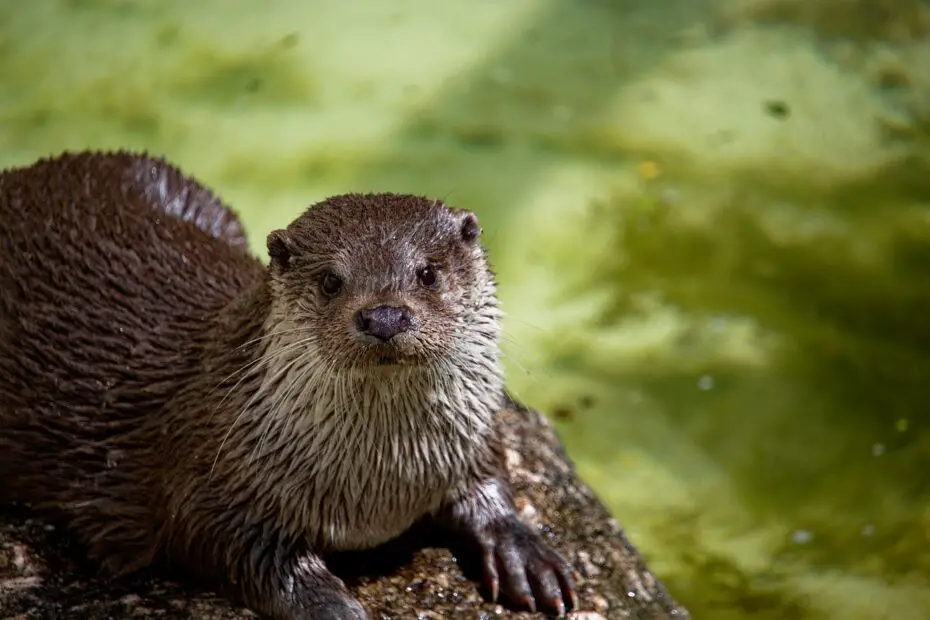Under the shimmering waves of the ocean, a delicate delicacy resides in the form of clams. These bivalve mollusks not only serve as crucial filter feeders, cleansing marine habitats, but also play a vital role in the diets of various ocean-dwelling creatures.
What Animals Eat Clams? In this article, we embark on an underwater journey to uncover the diverse array of animals that feast on clams, examining their unique adaptations and the intricate balance of predator and prey in marine ecosystems.
You may also want to know what animals eat tomatoes.
Clams: A Nutrient-Rich Delicacy
Clams, with their tender and nutrient-rich meat, provide an abundant source of food for a variety of marine predators. Their role as filter feeders contributes to their role in maintaining water quality and supporting marine biodiversity.

What Animals Eat Clams? Predators of the Ocean
The ocean teems with a plethora of clam-eating animals, each uniquely adapted to exploit this valuable food resource. From agile birds to clever cephalopods, these predators demonstrate impressive hunting strategies to capture and devour their clam prey.
Marine Birds: Skilled Foragers
Seabirds are skilled foragers, and many species have evolved to feed on clams. They employ diverse techniques to extract clams from the sand or pry them open from their shells.
Marine Mammals: Clam Connoisseurs
Marine mammals are among the most proficient clam predators. From seals to sea otters, these clever creatures have evolved specialized adaptations for clam hunting.
Fish and Crustaceans: Bottom Dwellers
An array of fish and crustaceans dwell at the ocean’s bottom and have developed strategies to feed on clams. Some use suction or specialized mouthparts, while others employ crushing pincers.
Otters: The Clam Experts
Sea otters are renowned for their clam-eating expertise. They are among the few animals capable of using tools to crack open clam shells, showcasing their intelligence and resourcefulness.
Crabs: Clever Shell Crackers
Crabs are masters of shell cracking, including clam shells. With their powerful pincers, they can easily break into clam shells to access the tasty morsels inside.
Octopuses and Squids: Stealthy Predators
Cephalopods such as octopuses and squids are stealthy predators that target clams as part of their varied diet. With their remarkable intelligence and agility, they make formidable clam hunters.

Marine Reptiles: Unlikely Clam Predators
Although not common clam predators, certain marine reptiles occasionally include clams in their diet. We’ll explore the rare instances of clam consumption among these reptilian species.
Predator-Prey Interactions
The relationship between clam-eating animals and clams is intricate, involving various adaptations and hunting techniques. Understanding these interactions is crucial for comprehending marine food webs.
Environmental Impact
The consumption of clams by various predators has an impact on clam populations and marine ecosystems. Maintaining a balance between predator and prey is vital for the overall health of the ocean.
Conservation and Management
Conservation efforts are essential for protecting both clam populations and their predators. Sustainable fishing practices can help safeguard these vital components of marine ecosystems.
Clams’ Defense Mechanisms
Clams have developed defense mechanisms to protect themselves from predators. We’ll explore these strategies and how some predators have adapted to overcome them.
Conclusion
The bustling world of clam-eating animals is a testament to the intricate web of life beneath the waves. From seabirds and marine mammals to fish, crustaceans, and cephalopods, each clam predator plays a vital role in the dynamics of marine ecosystems. As we celebrate the diversity and adaptability of these creatures, let us cherish and protect the delicate balance that sustains life in the vast ocean.
FAQs:
1. Do clams have any defense mechanisms against predators?
- Yes, clams have various defense mechanisms, such as retracting into their shells and using siphons to filter out particles.
2. How do marine birds hunt for clams?
- Marine birds employ different techniques, including probing the sand or mud with their beaks or using their strong bills to pry open clam shells.
3. Are sea otters the only animals that use tools to open clam shells?
- While sea otters are well-known for their tool use, certain birds and cephalopods have also been observed using tools to extract clams from their shells.
4. Which marine mammals are known for consuming clams?
- Marine mammals such as seals, sea lions, and walruses are known to consume clams as part of their diet.
5. How do crabs crack open clam shells?
- Crabs use their powerful pincers to crush the shells of clams and access the meat inside.
